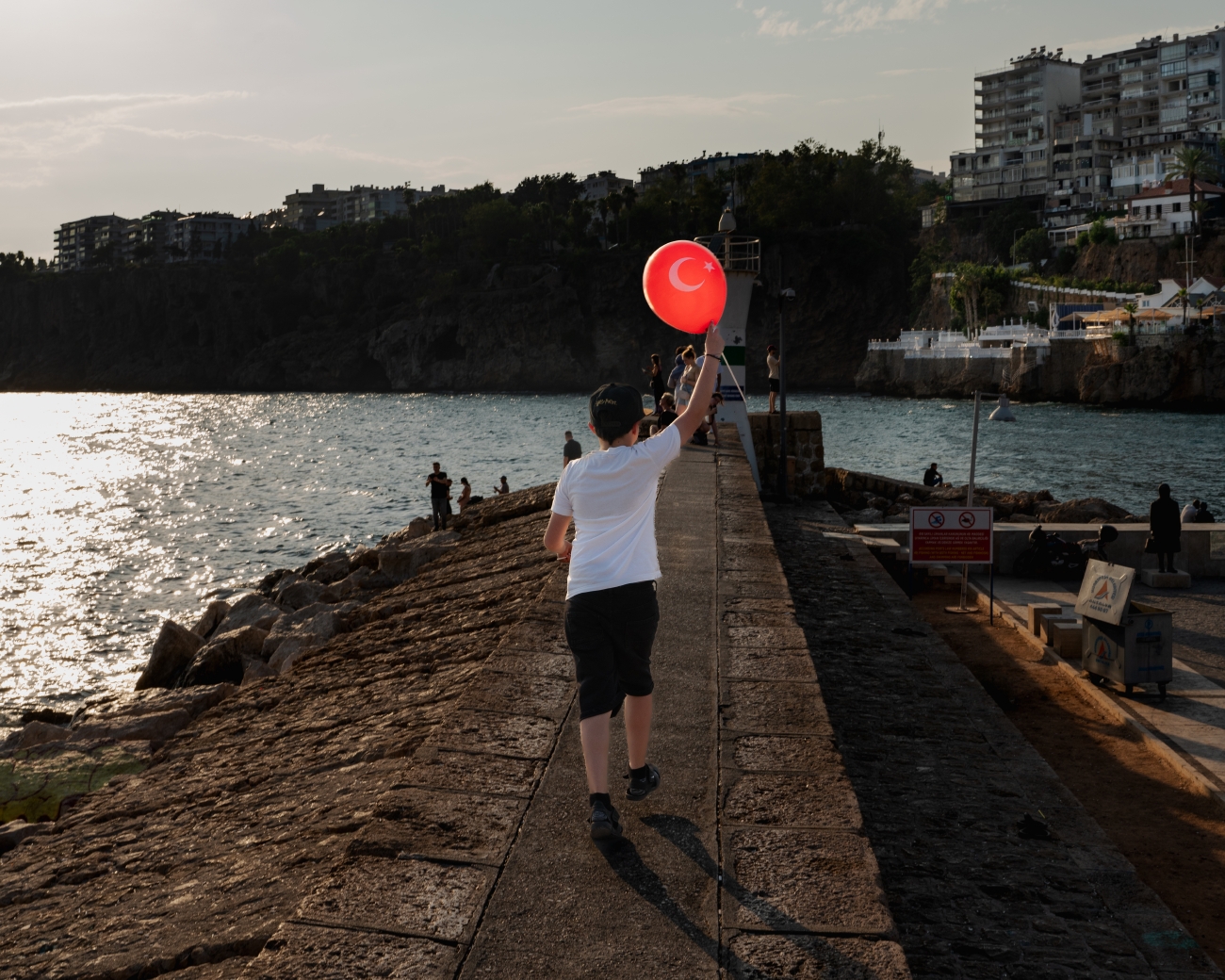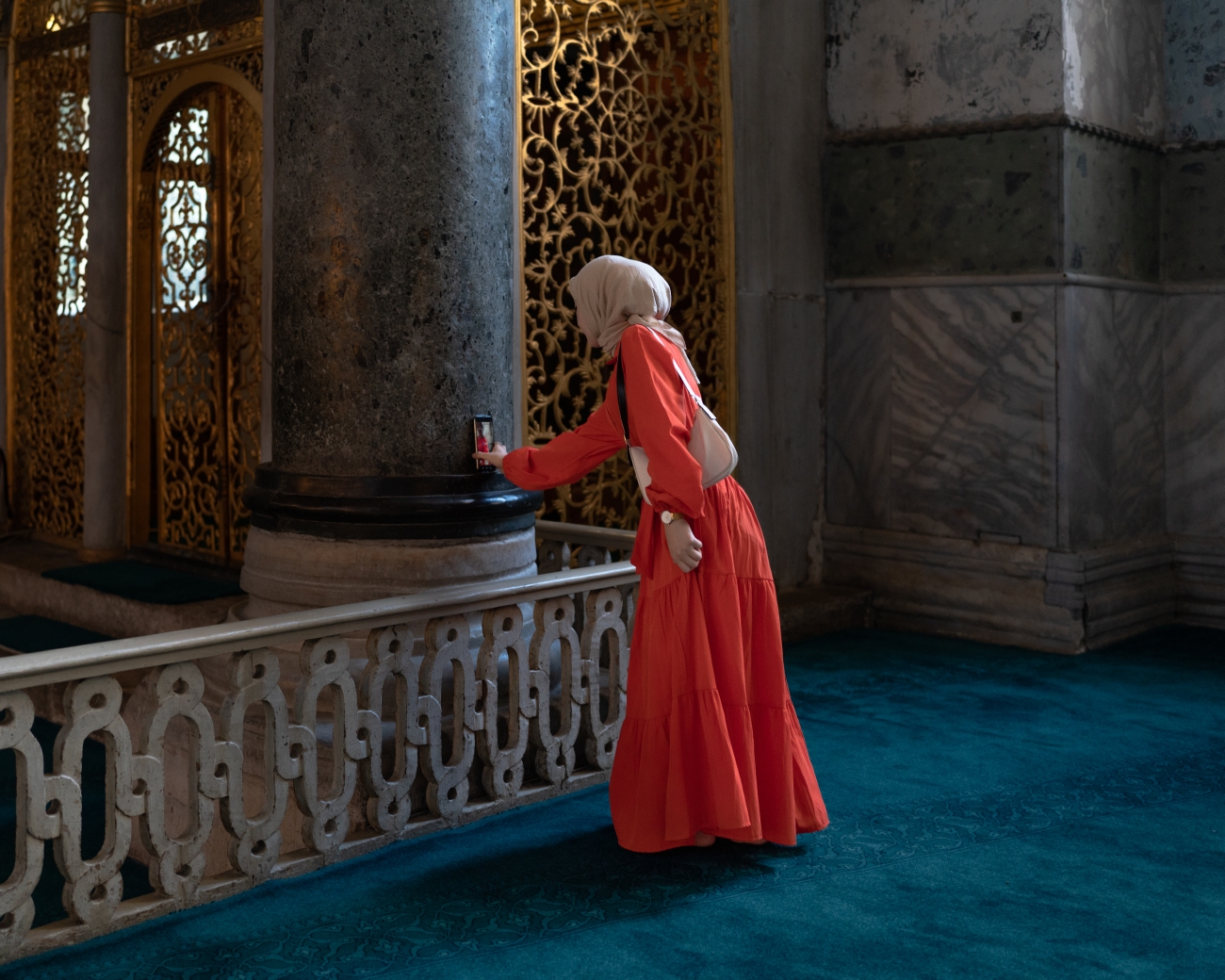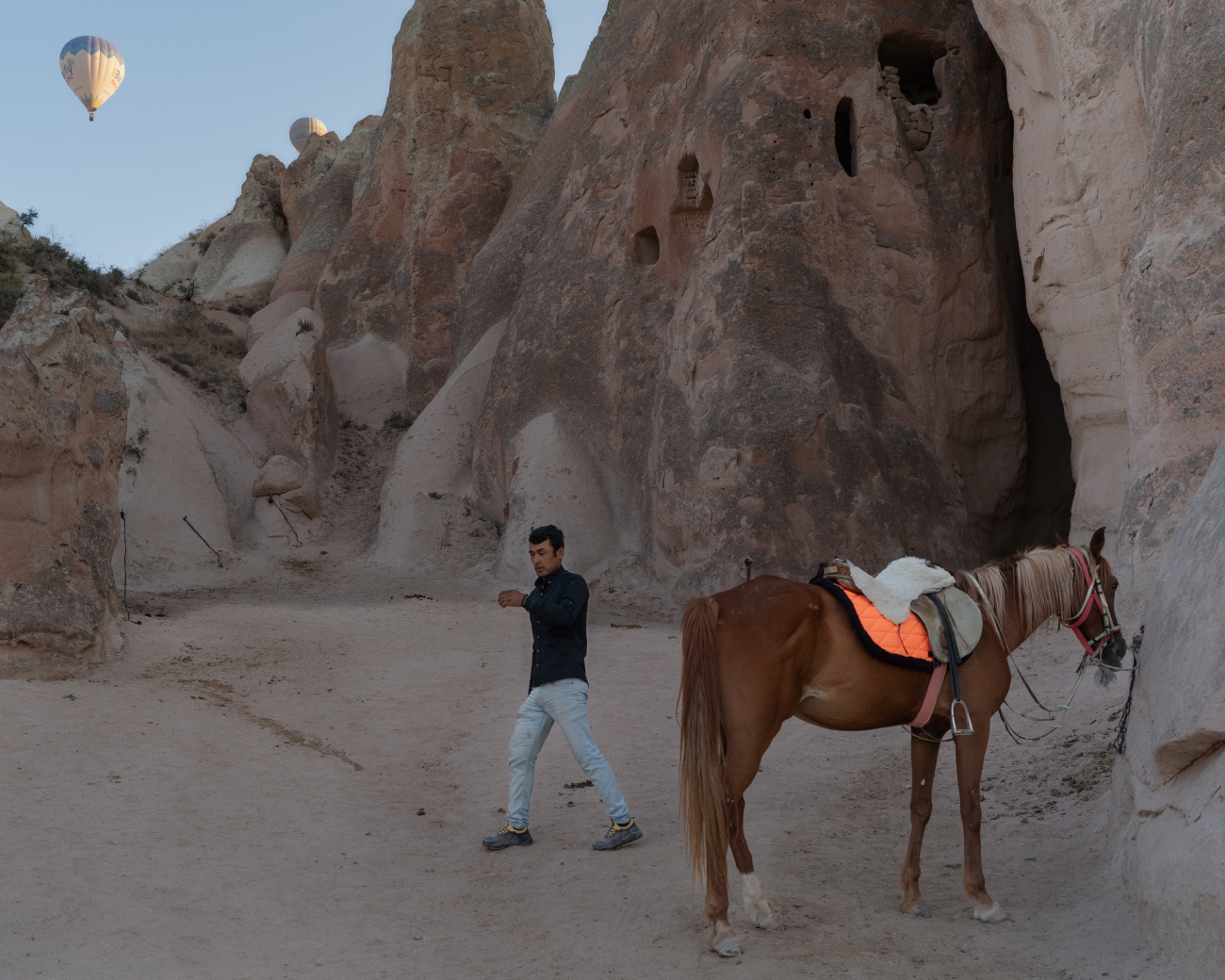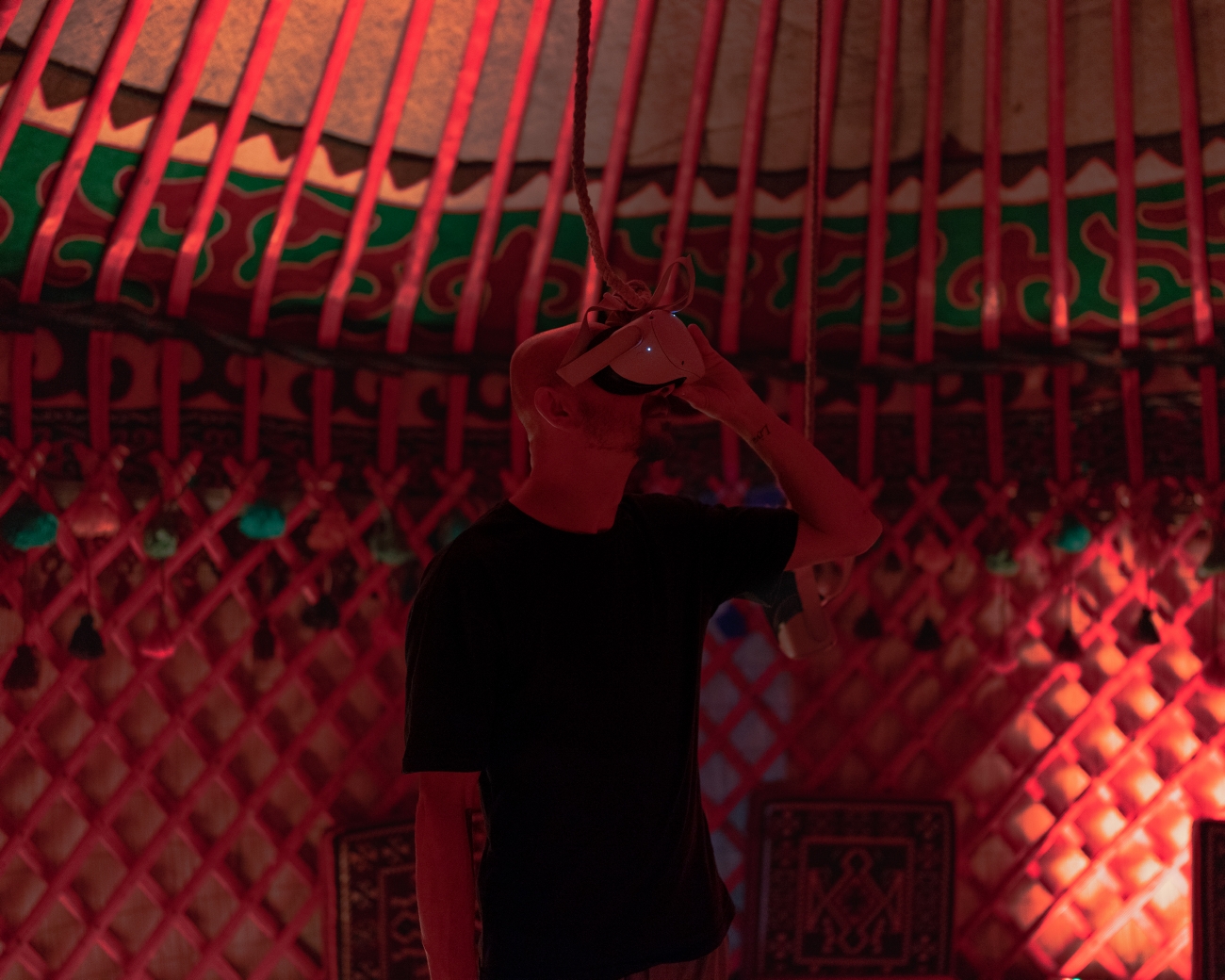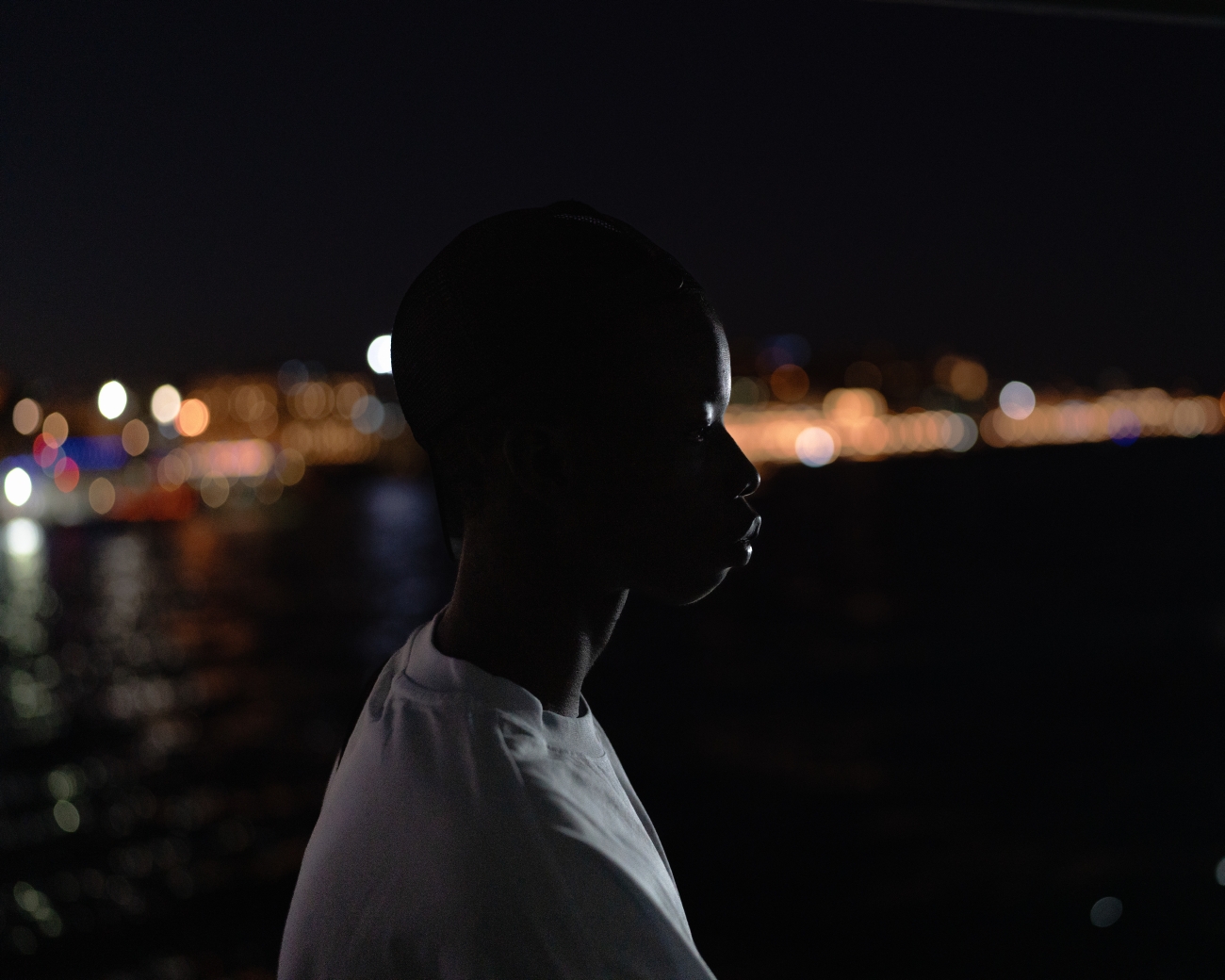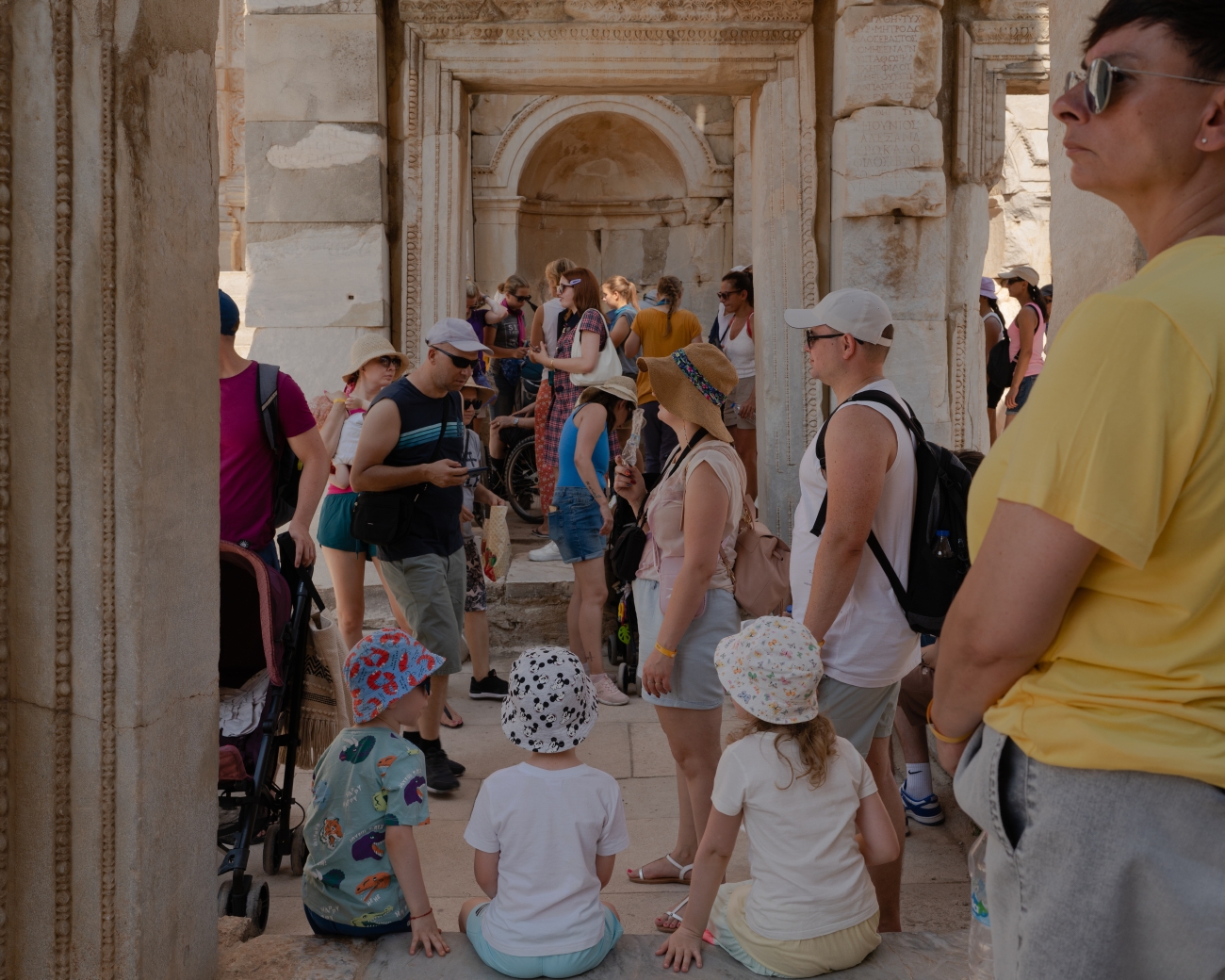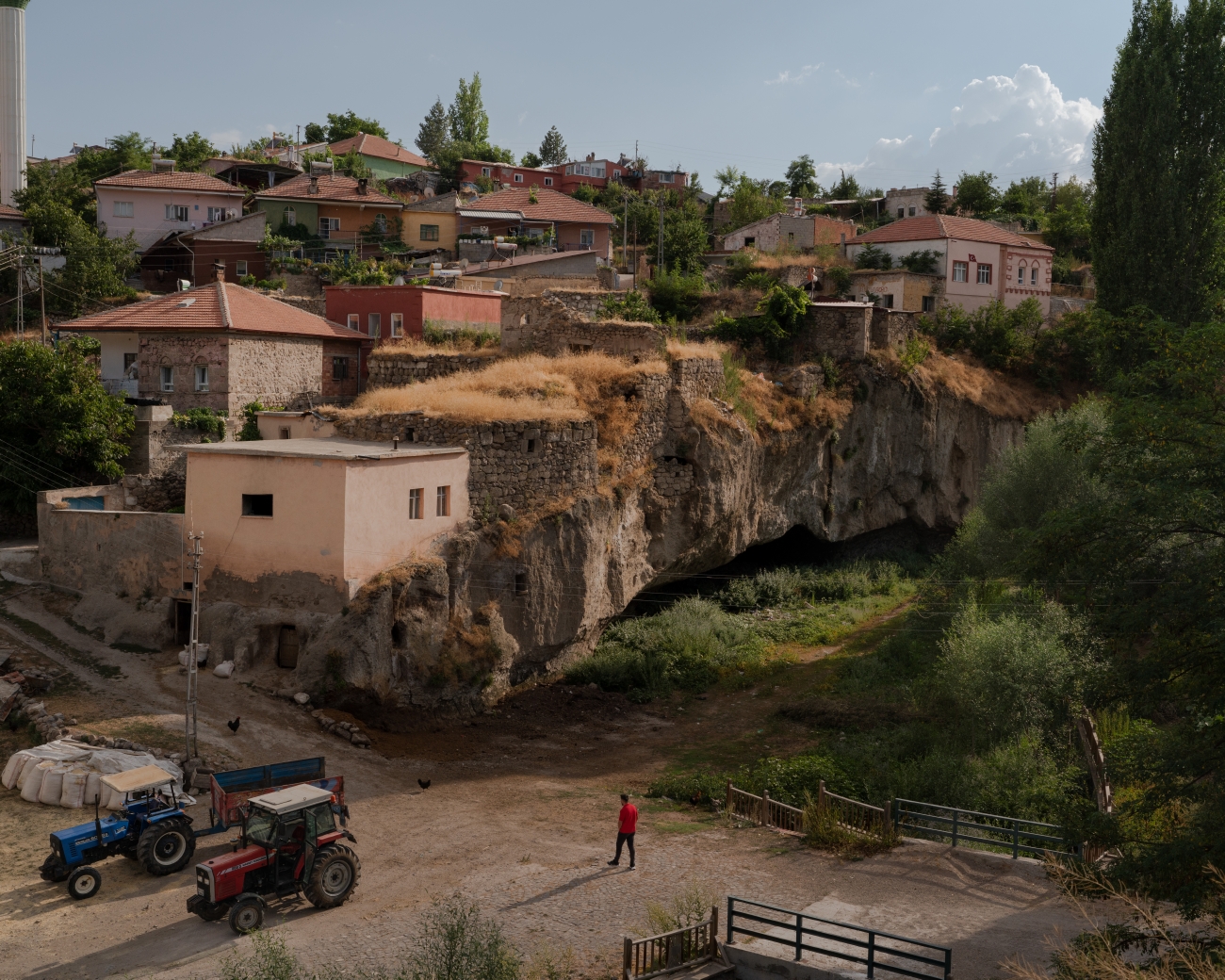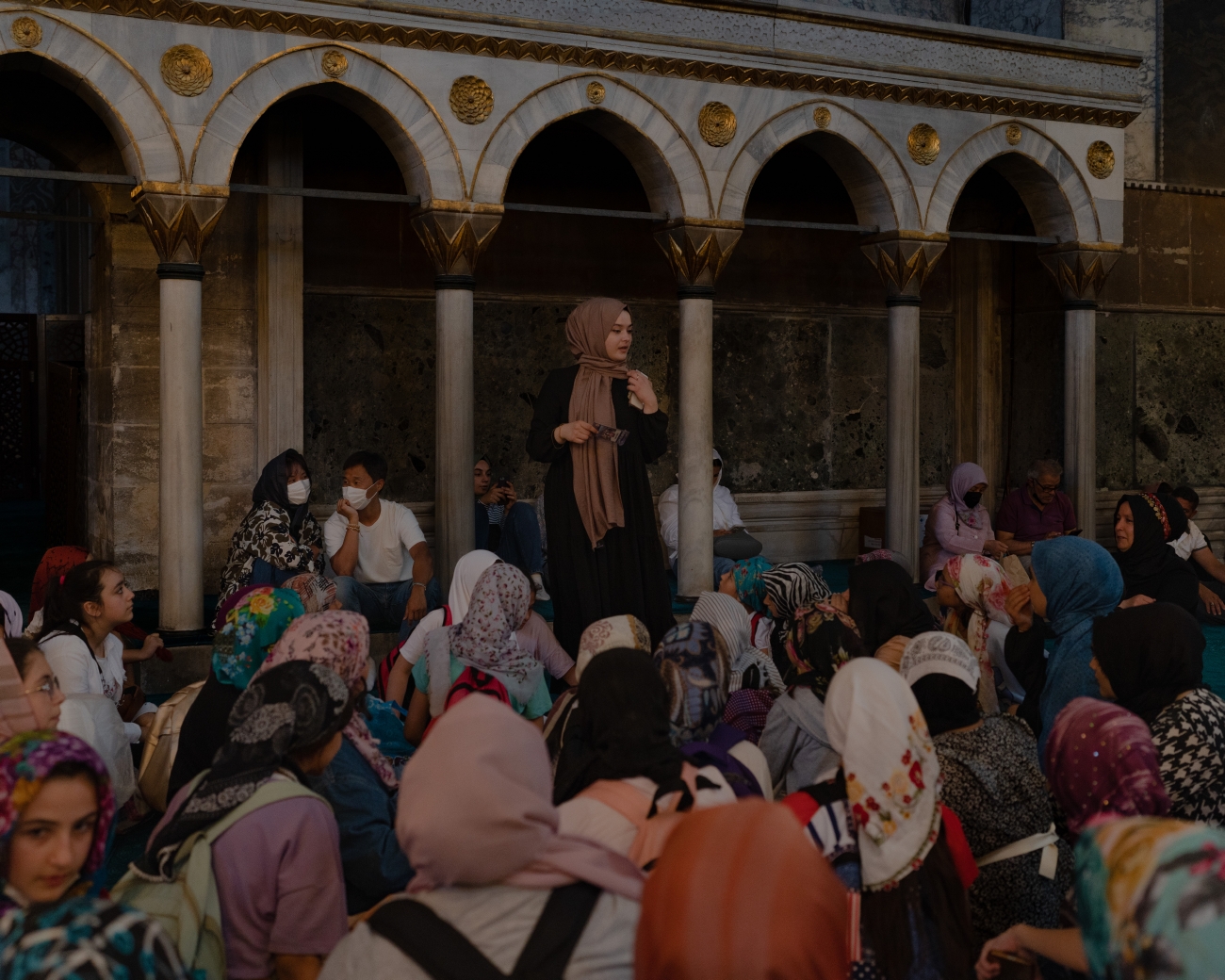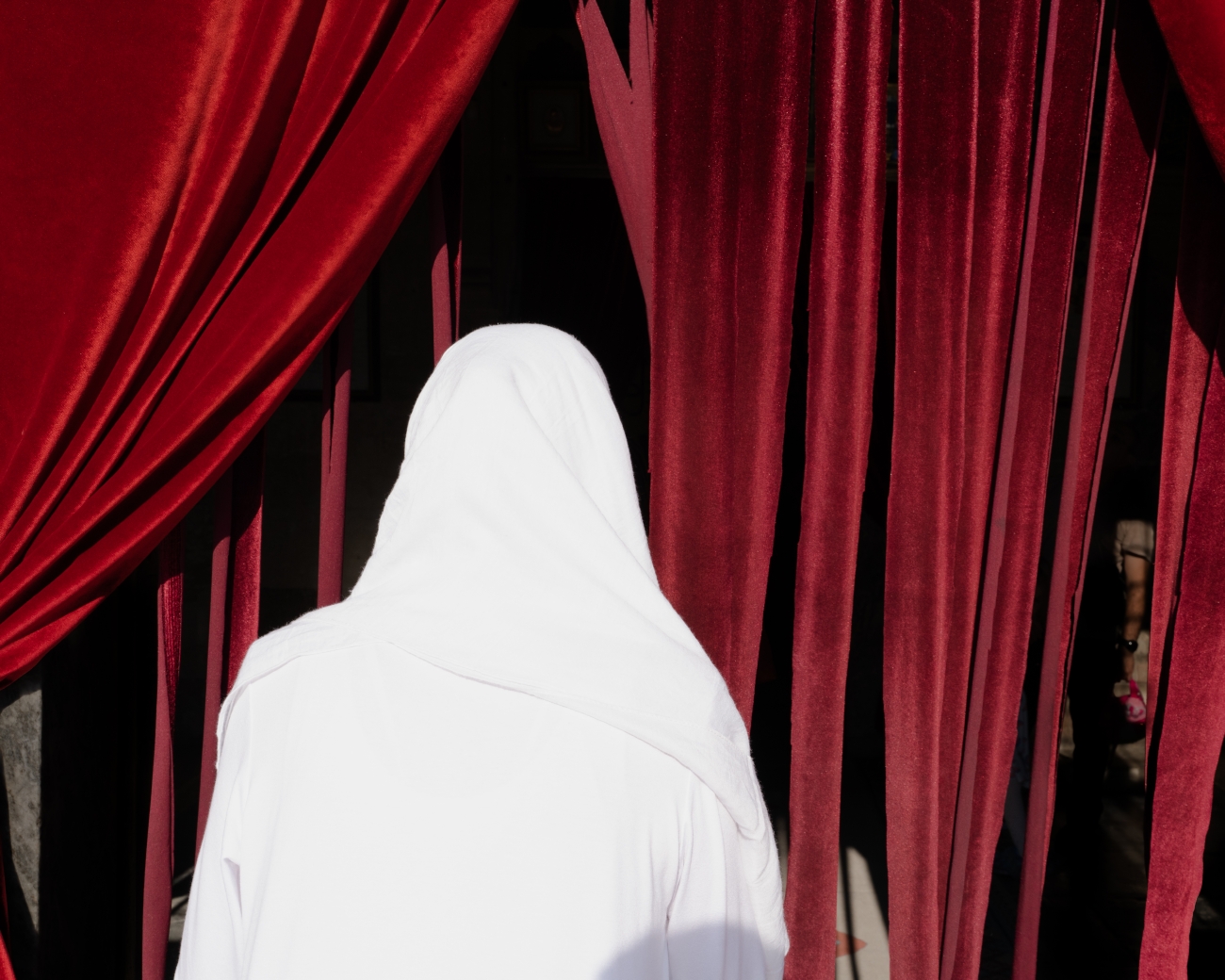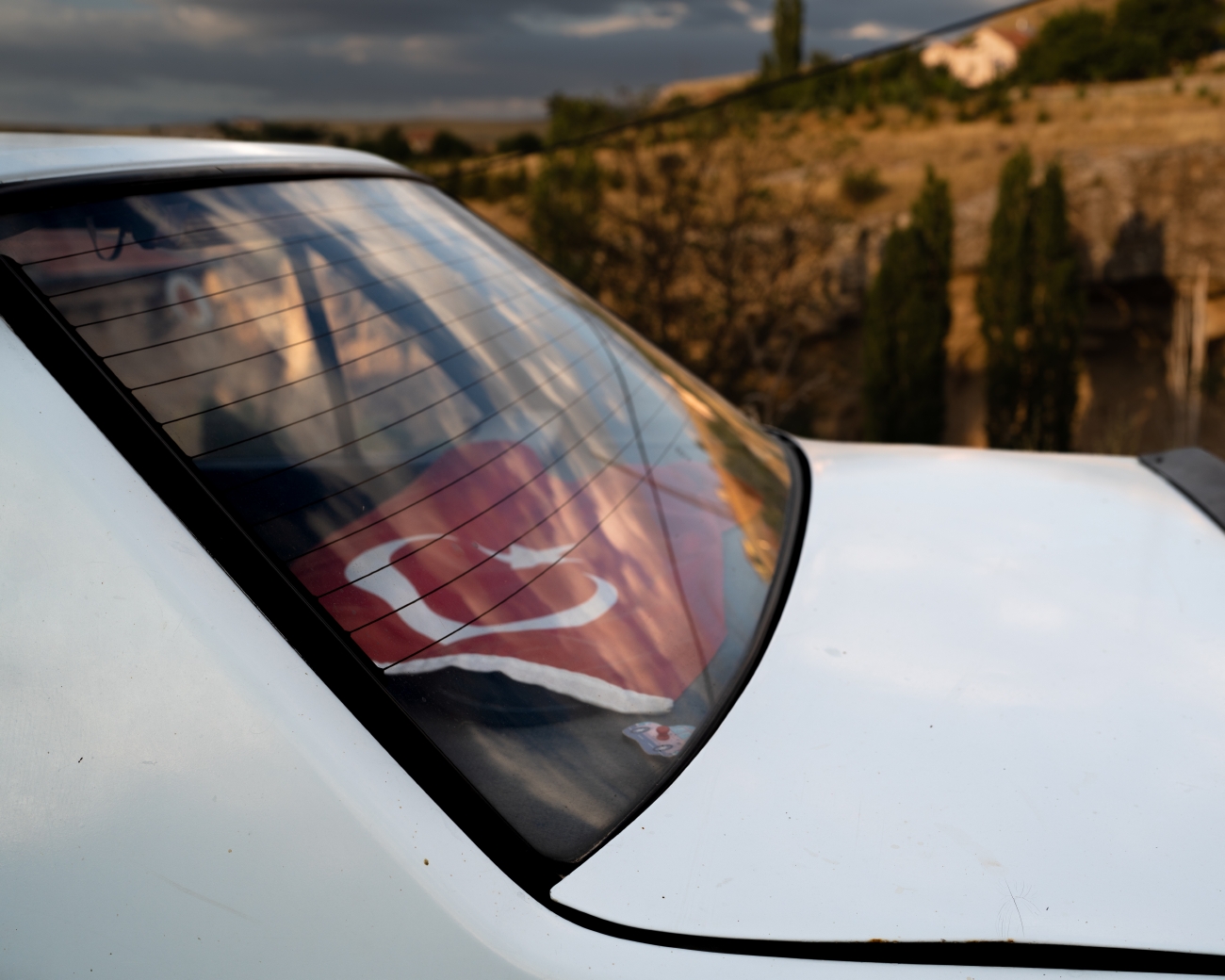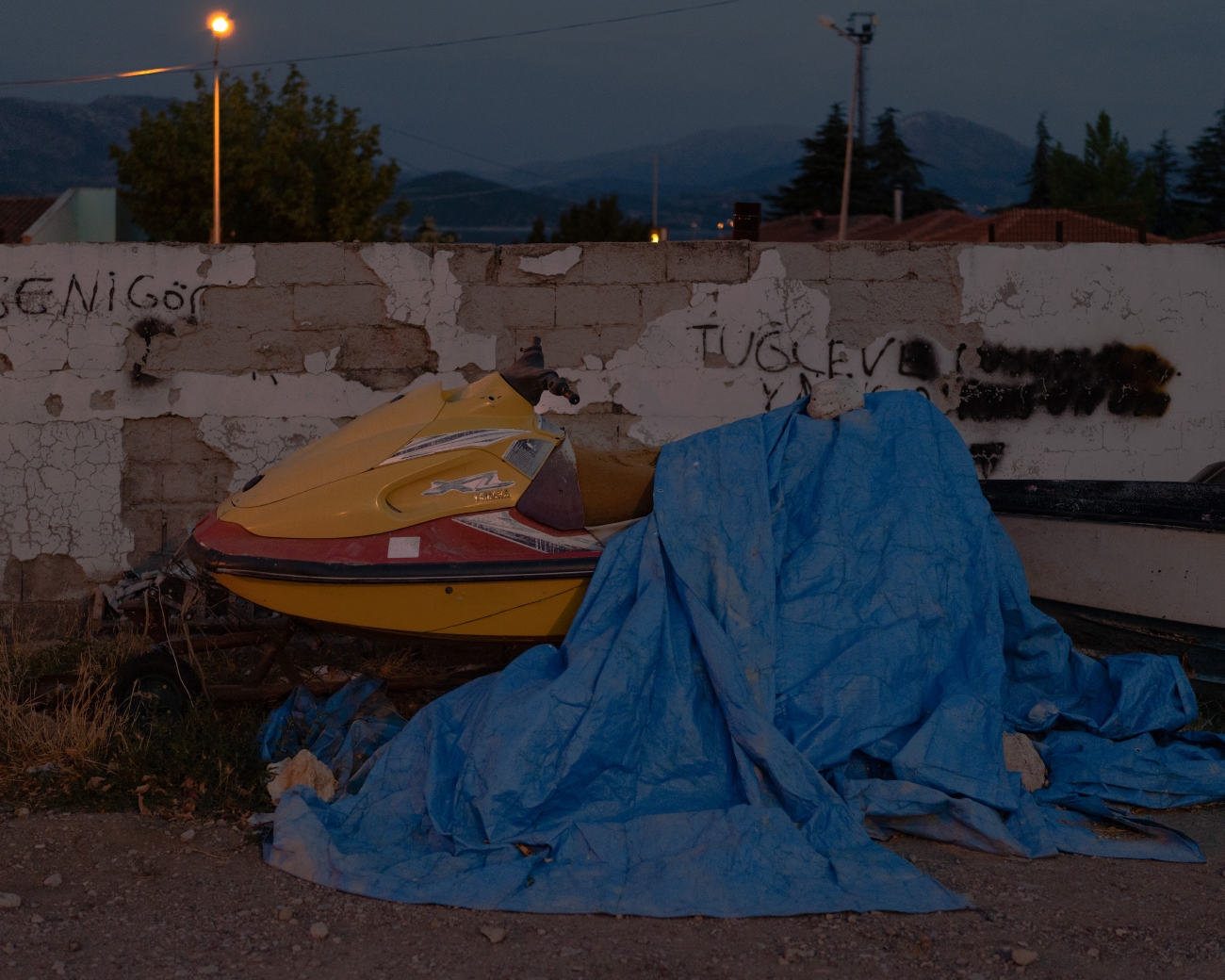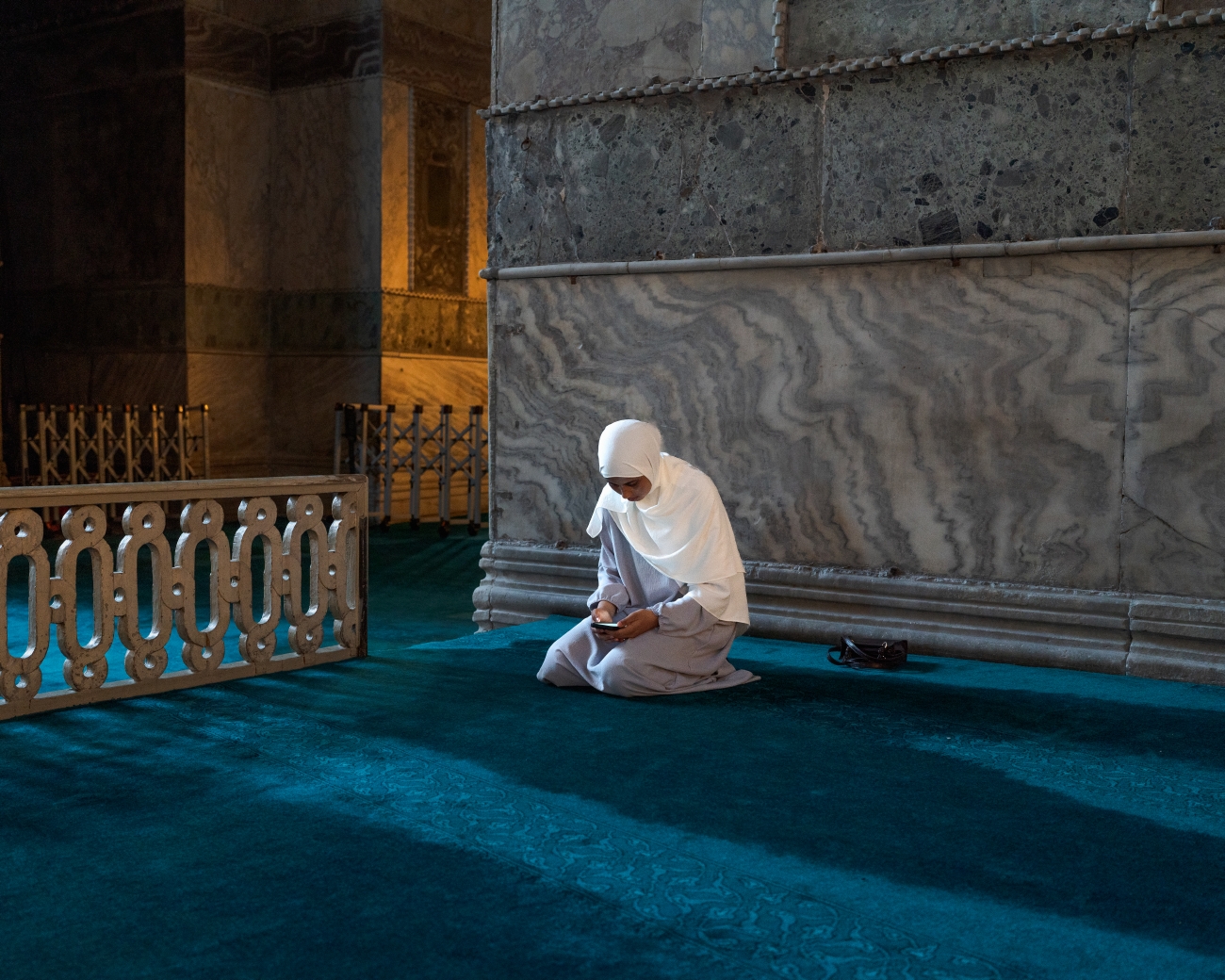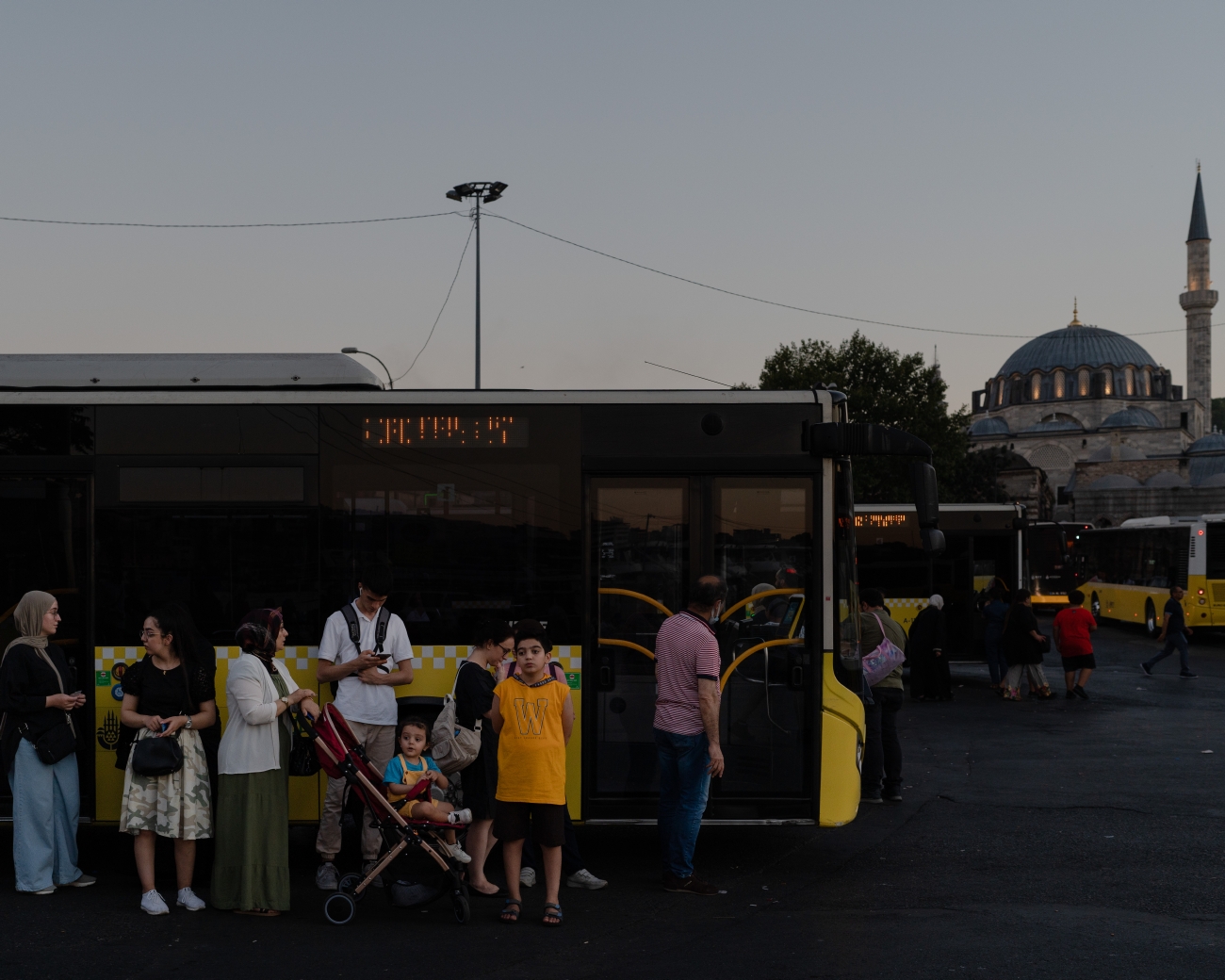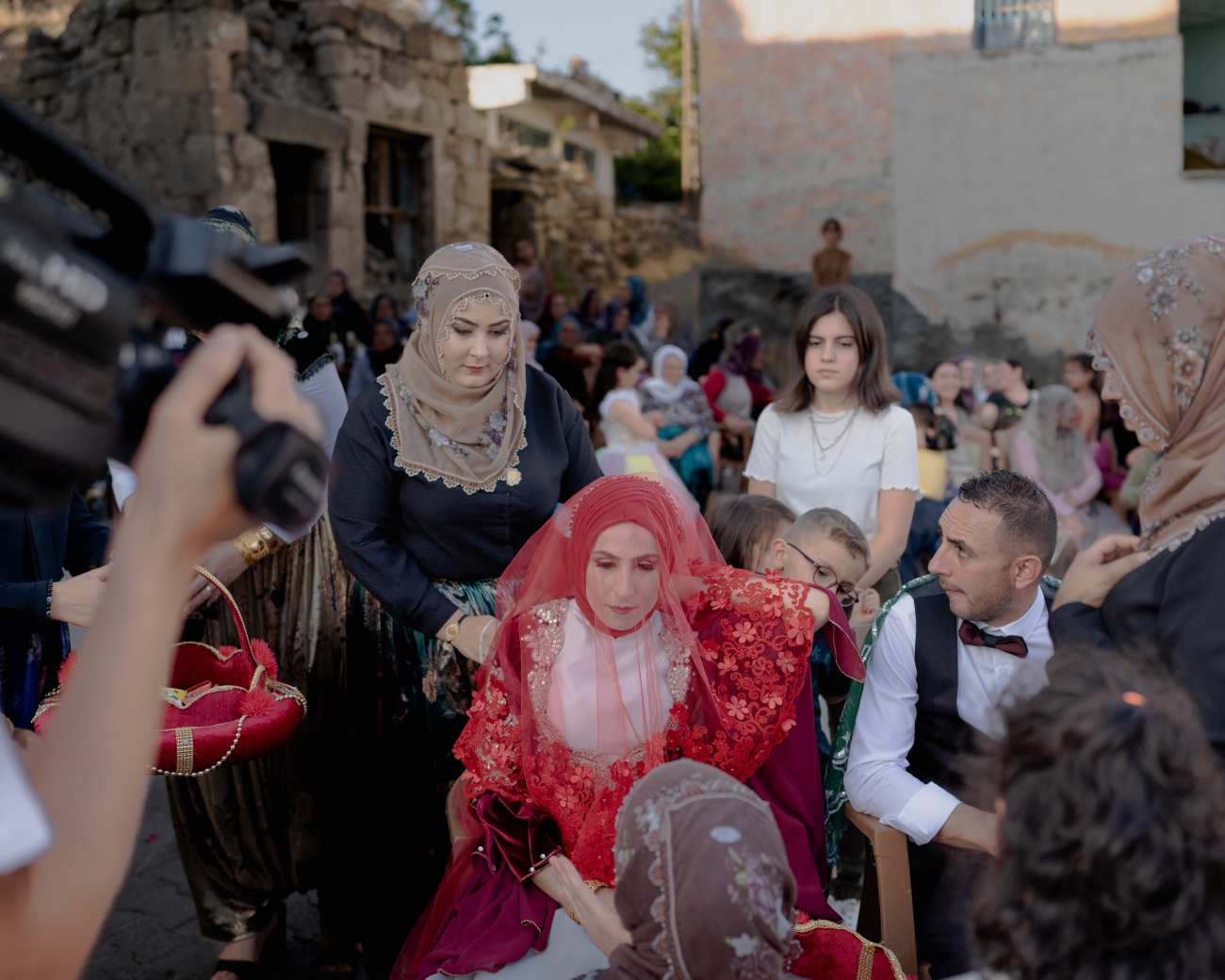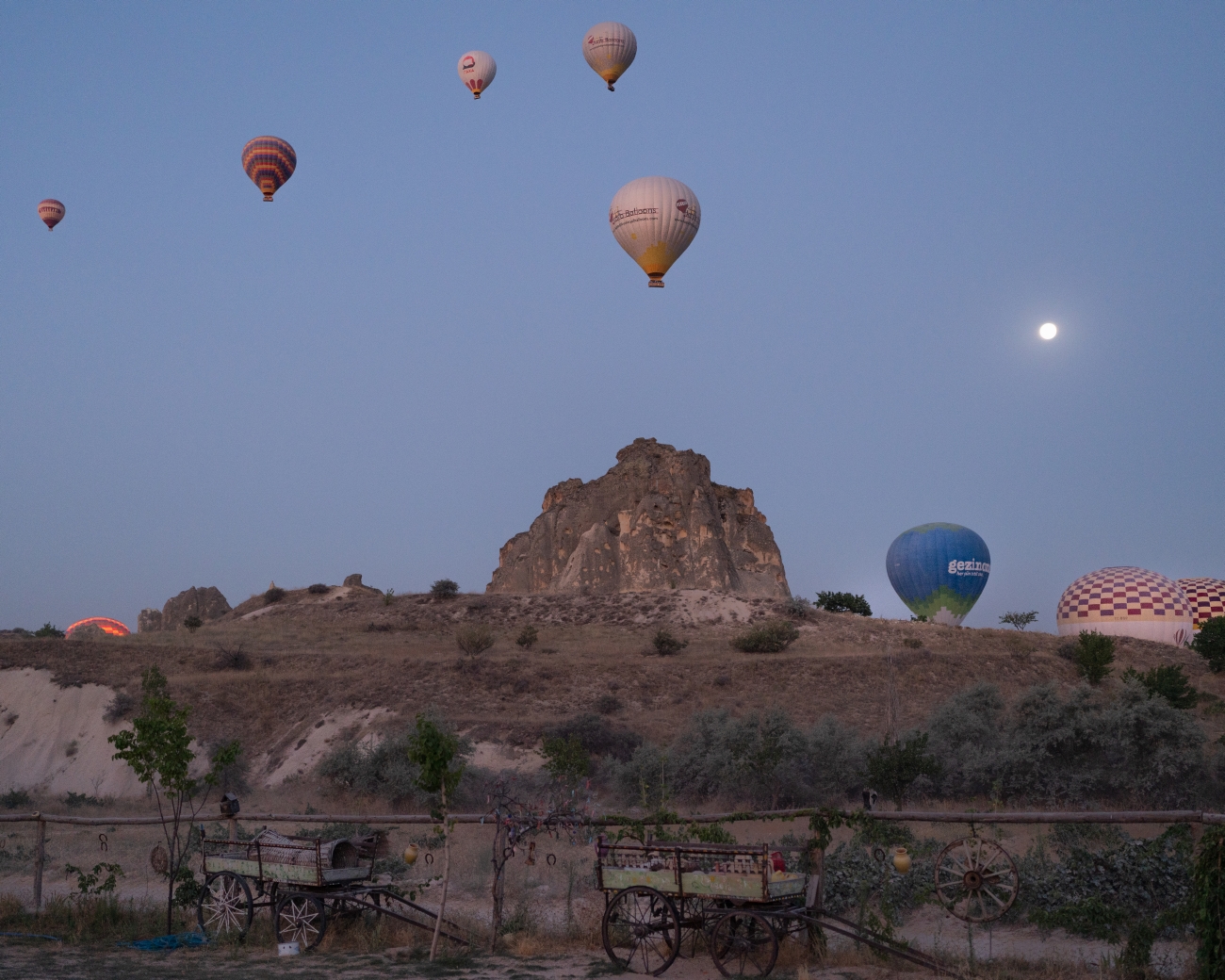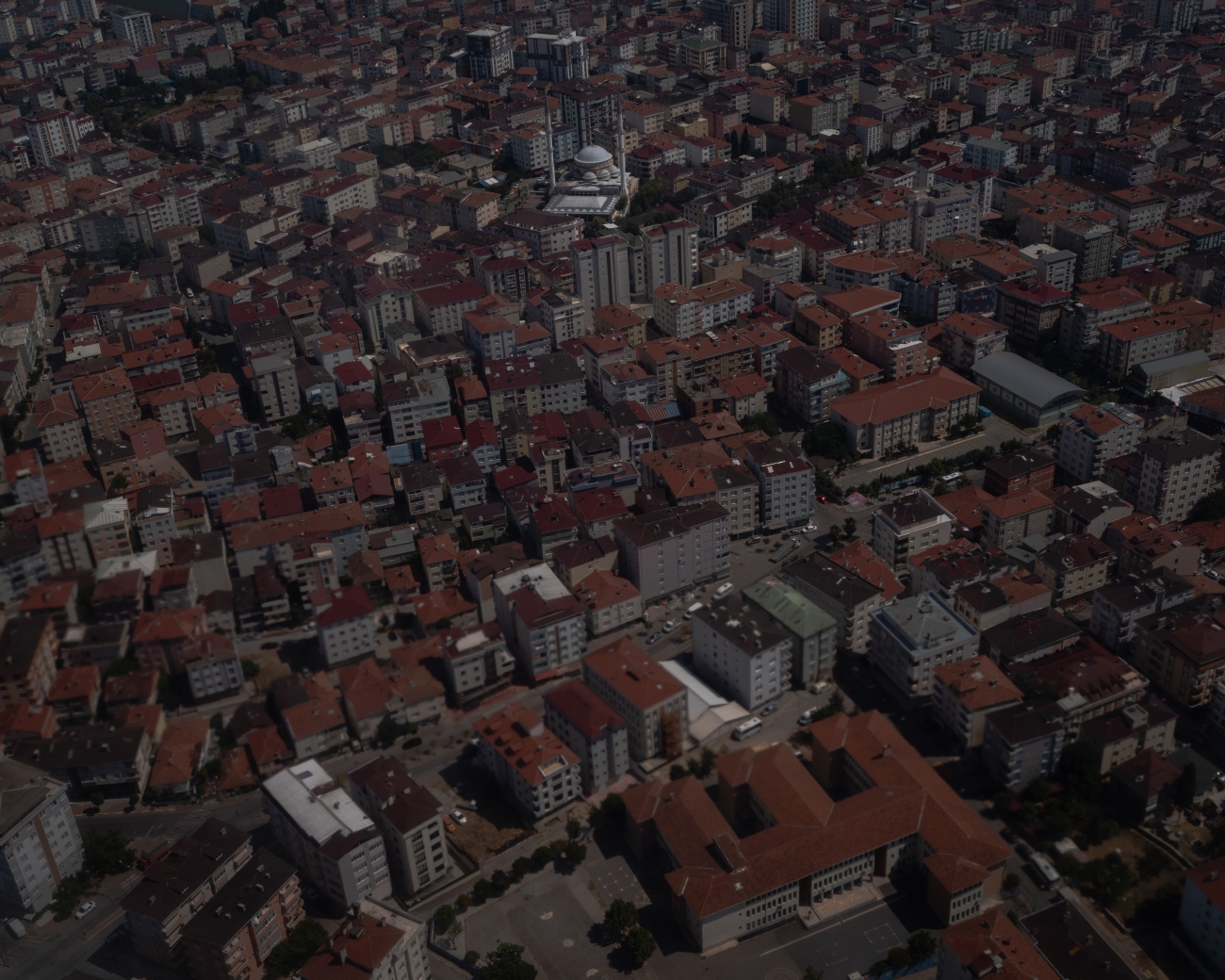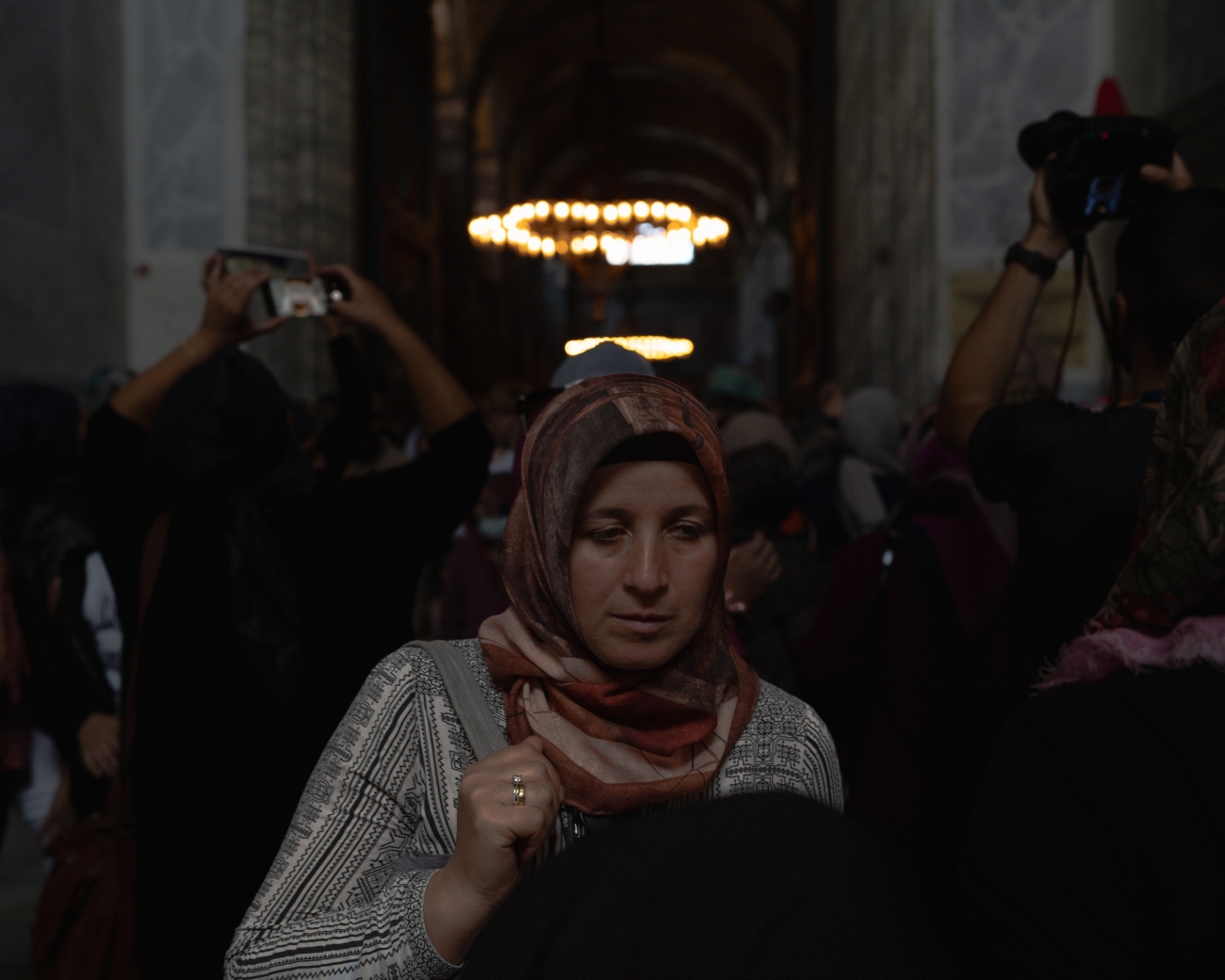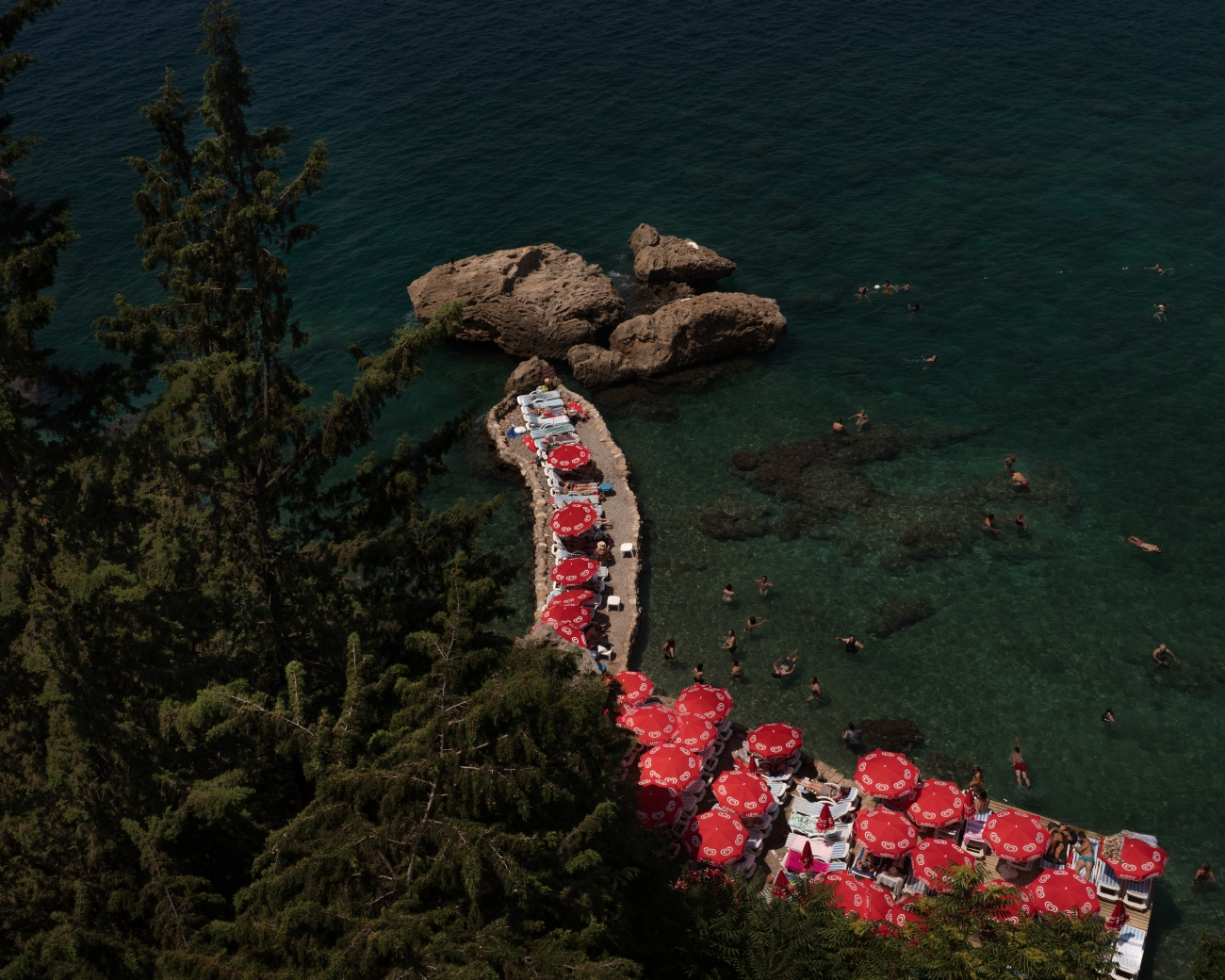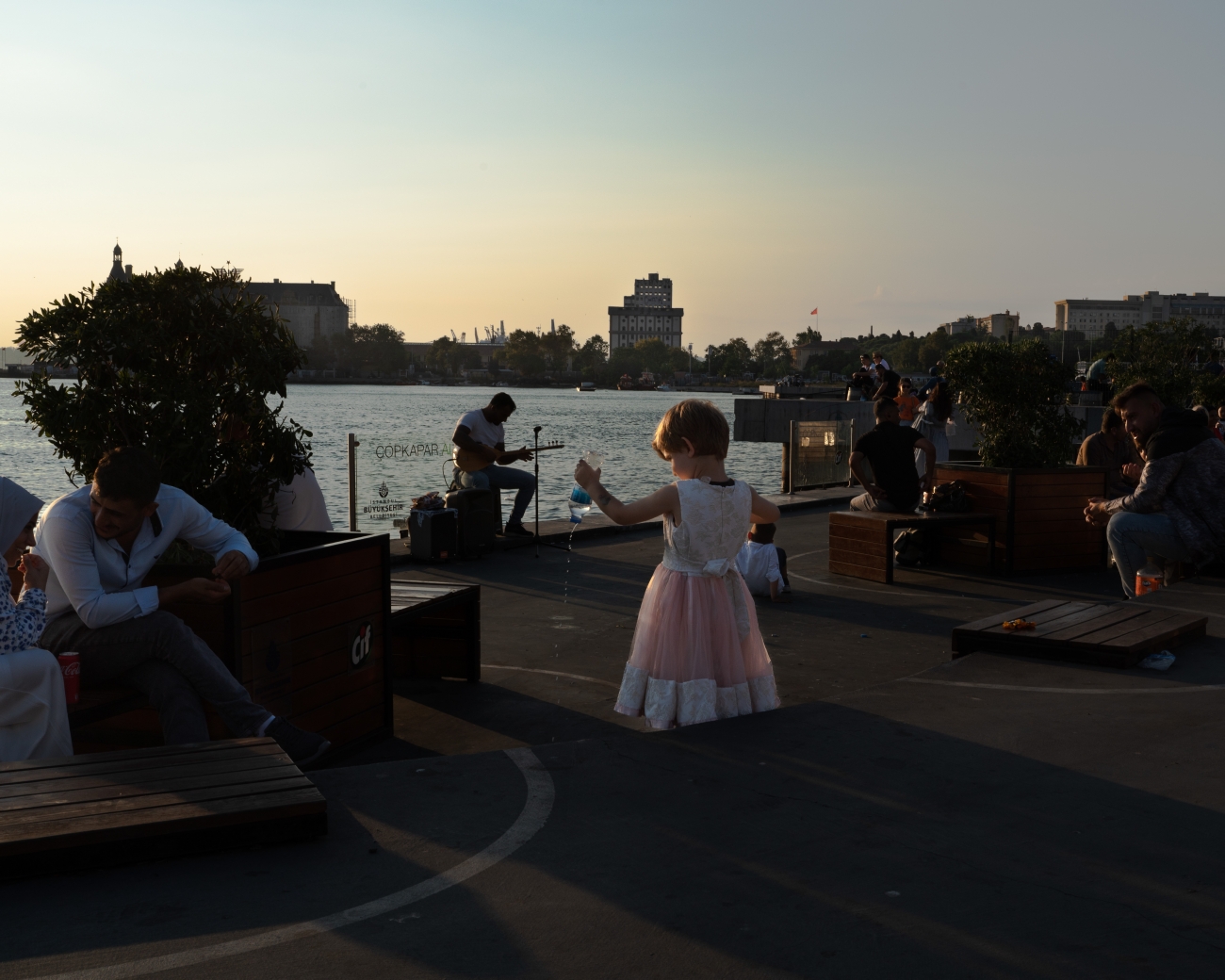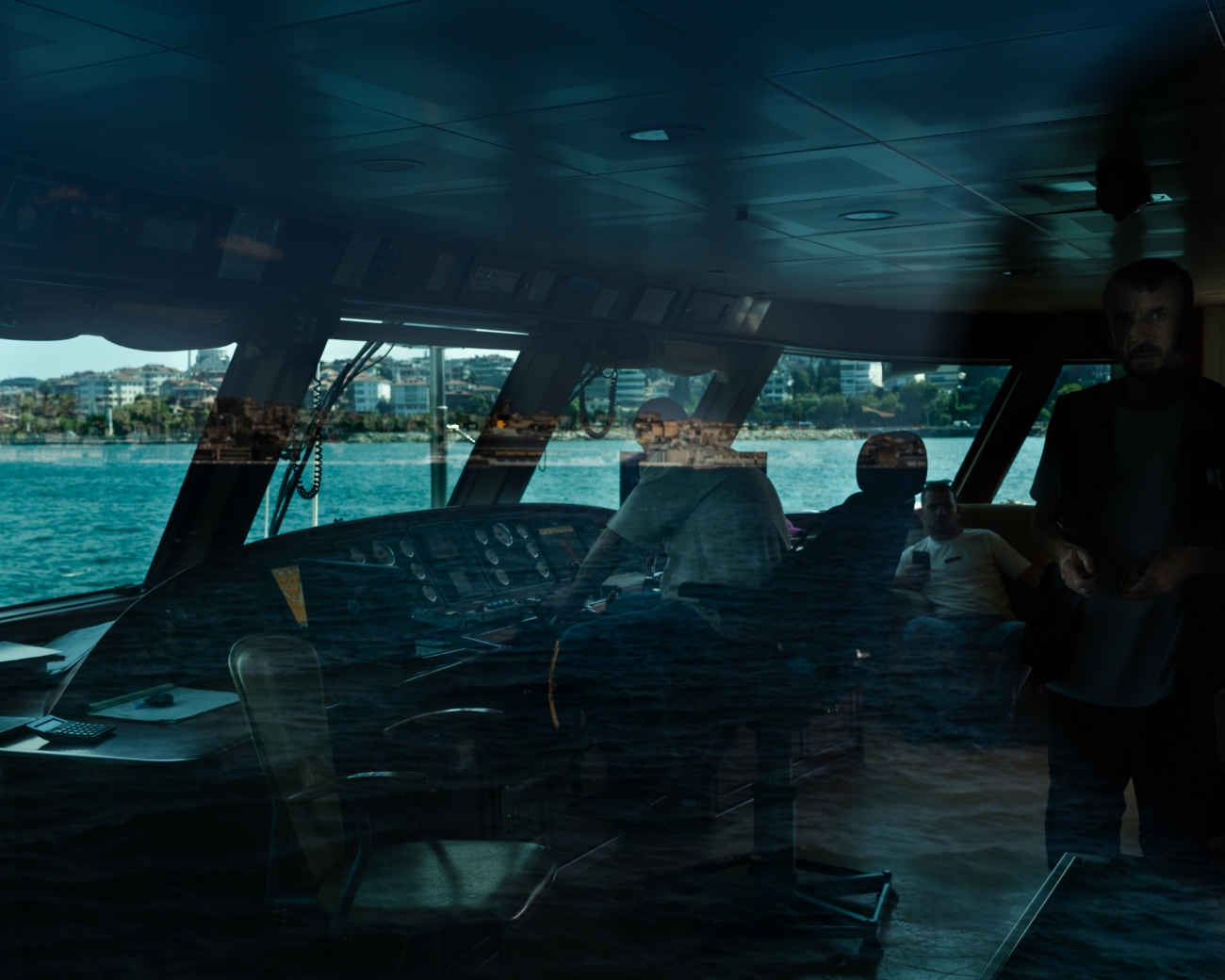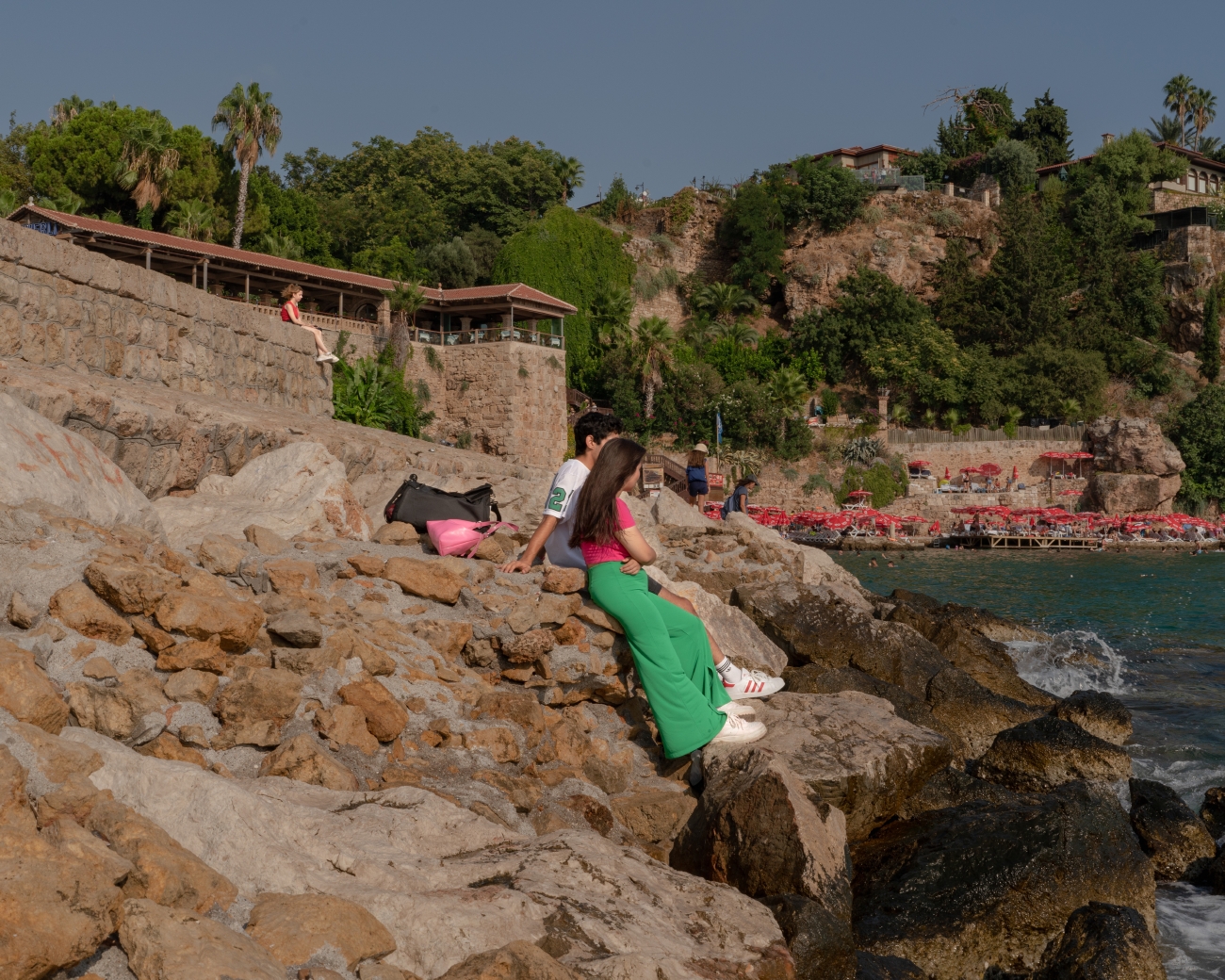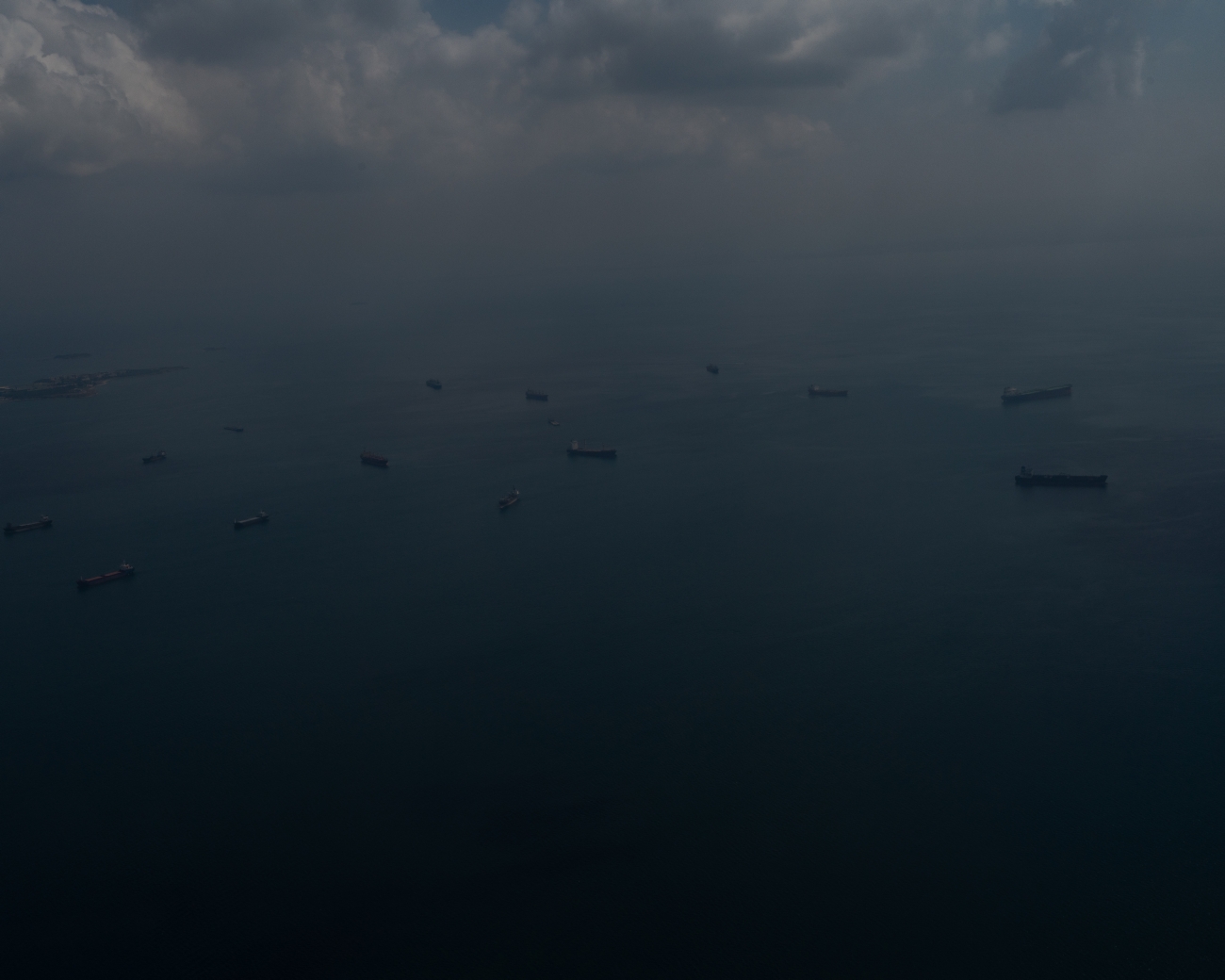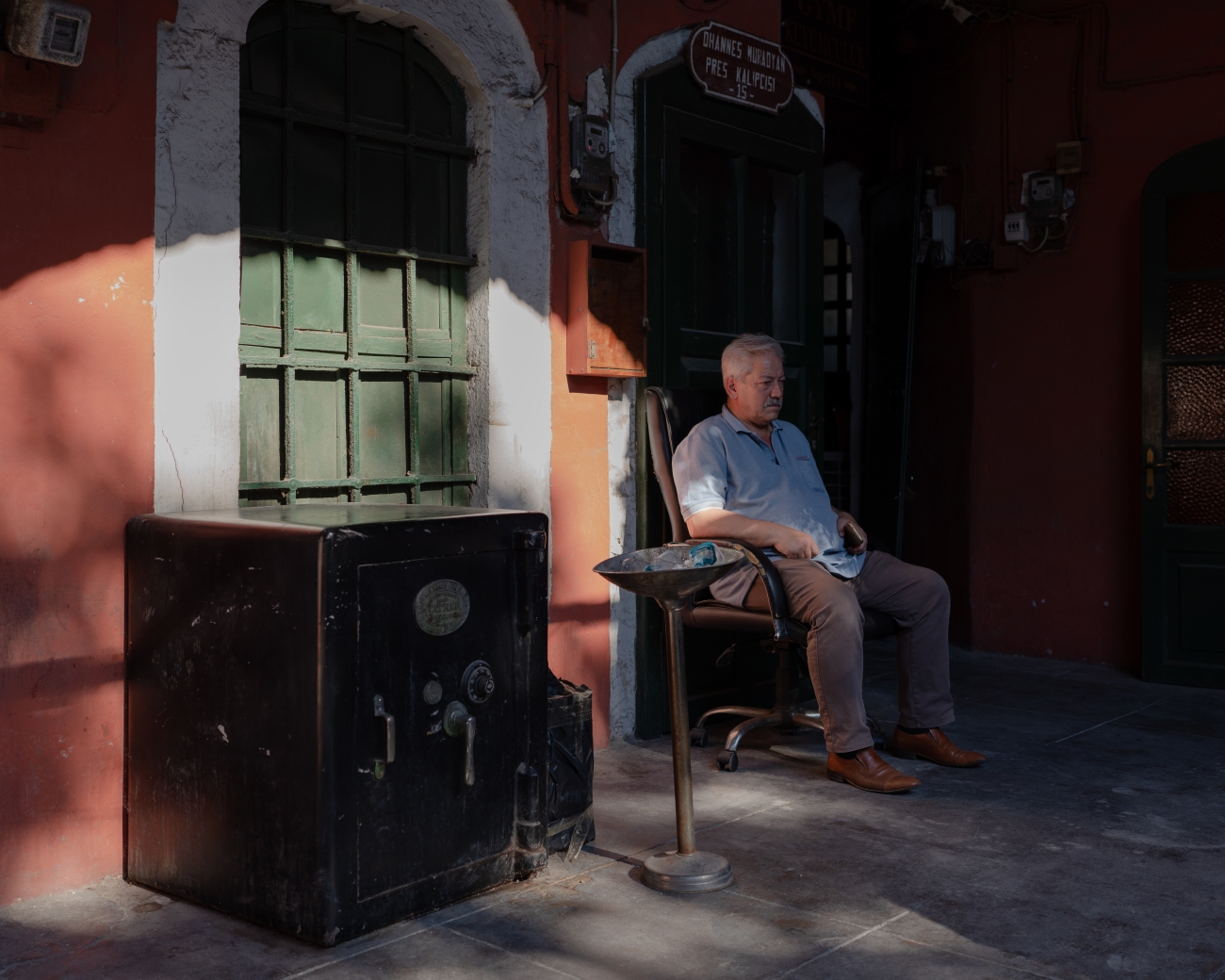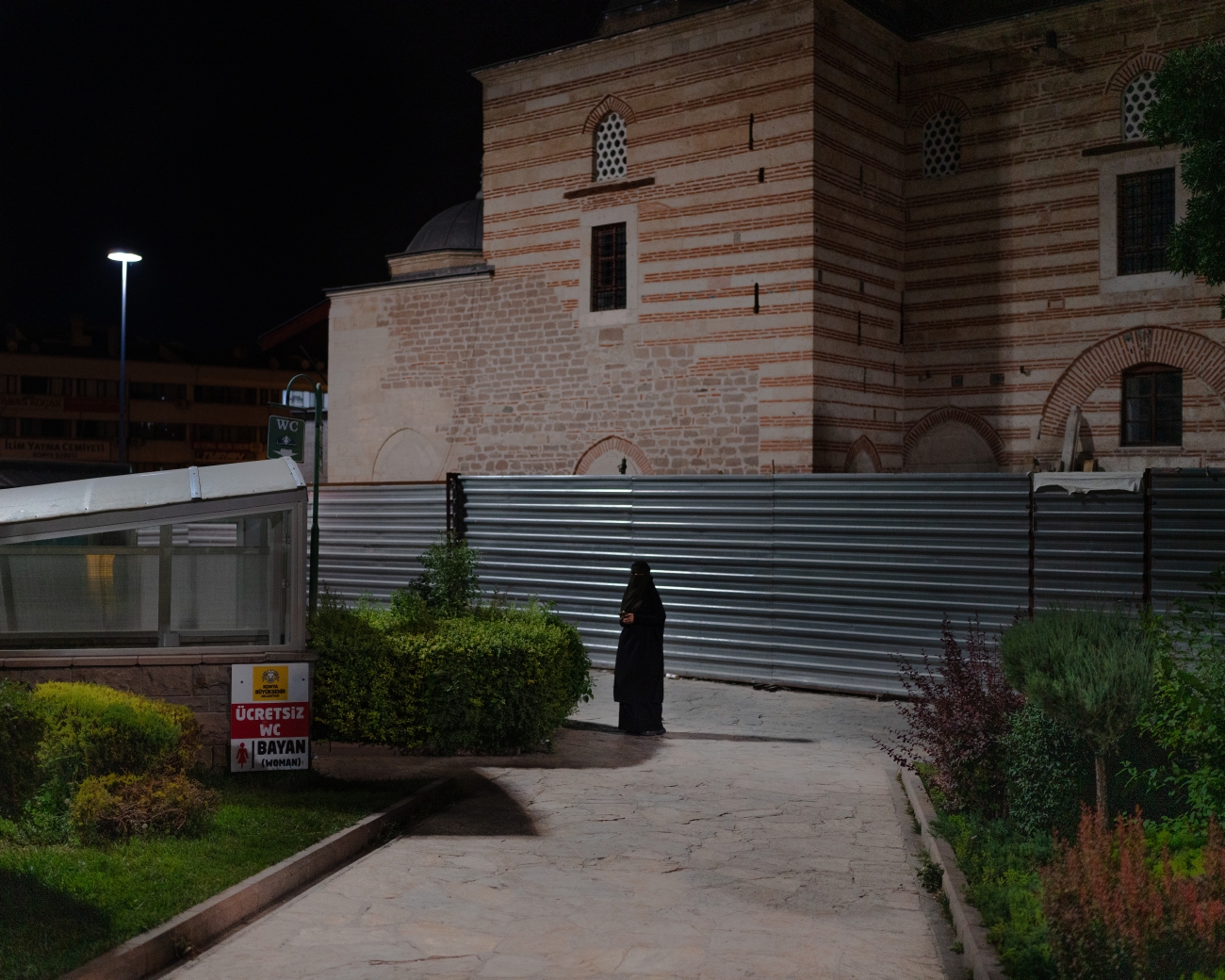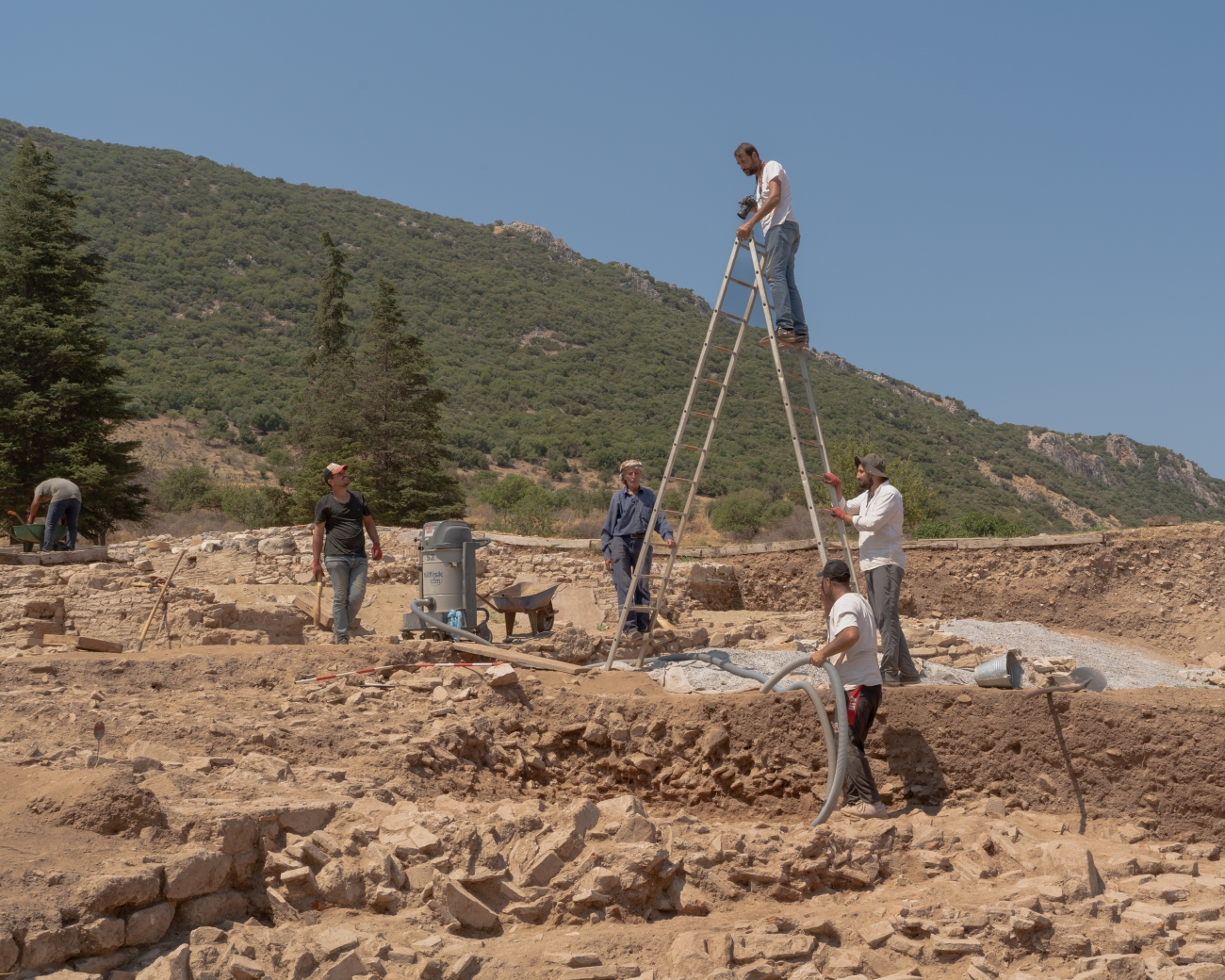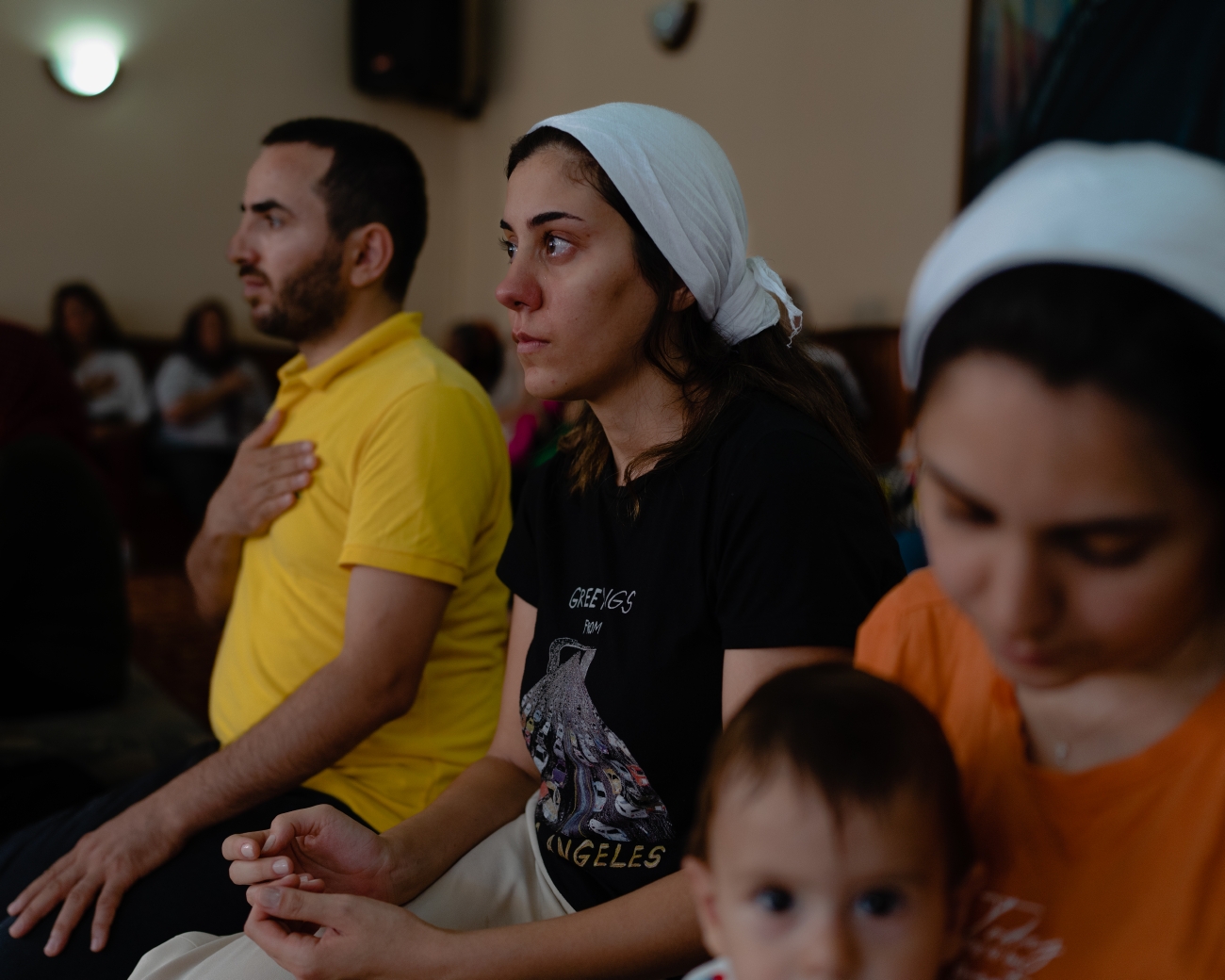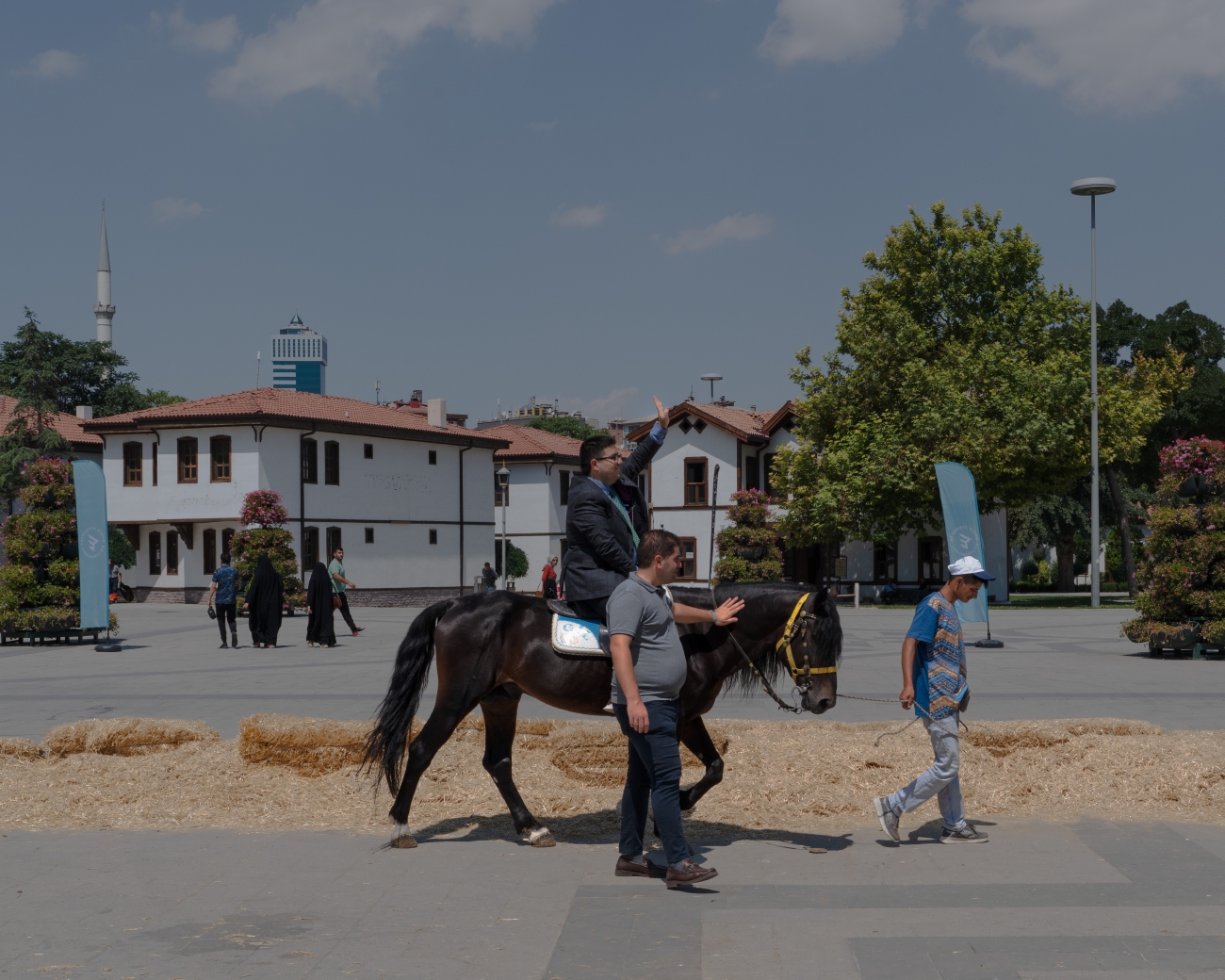Tales from Turkey
The Contemporary Face of a Country at the Crossroads
Photo by Giovanni de Mojana
In the Quran, “Hüzün” denotes the sadness that arises from the loss of a loved one. Writer Orhan Pamuk extends it to the ruins of Istanbul, the sight of which produces pain and at the same time pride in the hearts of its inhabitants. In his photographic work, Giovanni de Mojana follows the “Hüzün” beyond the city walls and tries to capture the moments when melancholy manifests itself in all its ambivalence. Turkey has undergone great cultural, political and economic change in recent decades, moving from a rural to an urbanized society. This has led the country to open up to the West, but it has also created new tensions within society. The history of the Turks is a history of alternate destinies.
Over time almost everything that had been won was subsequently lost, reducing the country’s borders to the area around Anatolia. After the defeat in World War I, with the dissolution of the empire and the rise of the republic, a secular state was born under the leadership of Mustafa Kemal (better known as Atatürk, the father of all Turks), which included the separation of religion and politics, the abandonment of the Arabic alphabet, and the abolition of the veil for women. Recep Tayyip Erdoğan has led Turkey for 20 years – initially as prime minister and since 2014 as the country’s president – and according to many political analysts his goal is to rebuild a kind of neo-Ottoman “empire.” By contrasting Atatürk’s legacy, will Turkey really become the new center of the Islamic world?
(2022)
